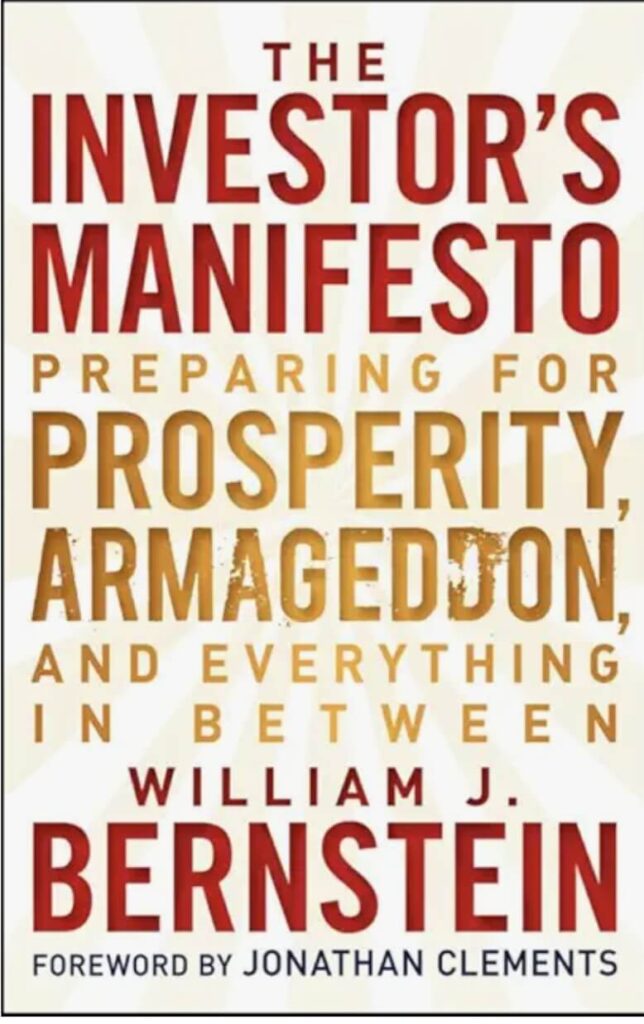If you’re new to investing and eager to make smart decisions, you’ve likely read headlines, scrolled through forums, or followed “expert” predictions telling you where the market is headed. But amid all that noise, few resources will provide the clarity and caution of Robert J. Shiller’s Irrational Exuberance.
This isn’t a typical investment book filled with stock picks or trendy portfolio strategies. Instead, Shiller — a Nobel Prize-winning economist — takes a step back to examine a fundamental question: why do markets get so carried away? And more importantly, why do we keep letting them?
💡 Why This Book Matters to the amateur investor
Originally published in 2000 as the dot-com bubble inflated to unsustainable heights, Irrational Exuberance quickly gained notoriety when those warnings proved true. Shiller followed up with later editions, adding deep insights into the housing crisis of 2008 and new concerns about long-term bond markets.
His central message remains consistent and essential: financial markets are not driven solely by rational analysis — they’re powered by human emotion, herd behavior, and powerful narratives.
For amateur investors, this book is a reality check — and a gift.
The Myth of the Rational Market
For decades, classical economics told us that markets are efficient — that prices reflect all known information and investors act rationally. Shiller challenged this head-on. He showed that markets can remain irrational for long periods, often ignoring economic reality while feeding off hype and emotion.
From tech stocks in the late ‘90s to housing in the 2000s, and even cryptocurrencies more recently, investors have repeatedly driven prices to unsustainable heights based on little more than belief. And when the euphoria fades? Panic and collapse often follow.
What Drives Financial Bubbles?
According to Shiller, financial bubbles don’t come from nowhere. They’re fueled by a mix of:
⦁ Social contagion: Like viral trends, market narratives spread fast. A compelling story — “real estate always goes up,” “Bitcoin is the future” — can catch on and override scepticism.
⦁ Feedback loops: Rising prices attract media attention, which brings in more buyers, which drives prices up further. The loop reinforces itself until reality intervenes.
⦁ Loose monetary policy: Low interest rates can inflate asset prices, encouraging riskier investments as people seek higher returns.
⦁ Anchoring and framing effects: People often rely on recent price movements as indicators of future value, even when the fundamentals don’t support it.
The result? Overconfidence. We start to believe that this time is different.
The Role of the Media and Experts
Shiller doesn’t place all the blame on investors. He also points a finger at experts, economists, and the media — all of whom can amplify optimism or fear. Financial news often sensationalizes trends, creating exaggerated expectations and minimizing risk.
Moreover, Shiller notes that expert consensus can be dangerously wrong. The very people tasked with warning us often fail to see the storm coming — or are ignored when they do.
Are Bubbles Inevitable?
Shiller is not fatalistic. While he acknowledges the difficulty in predicting bubbles with precision, he believes that recognizing the social and psychological forces at play can help us manage risk better.
Policymakers can tighten regulations, central banks can adjust monetary policy, and investors can learn to question dominant narratives. Awareness is the first step toward resilience.
Why Shiller’s Work Still Matters
Since its first publication, Irrational Exuberance has been updated to include the 2008 housing crisis and its aftermath. Each edition reinforces the same message: the biggest financial risks often come not from the unknown, but from the things we think we know — and the stories we tell ourselves.
In an era where social media accelerates narrative spread and retail investing is more accessible than ever, Shiller’s warnings echo louder. His work reminds us to be skeptical of hype, to understand the emotional undercurrents of markets, and to remember that fundamentals still matter.
✅ Why Shiller’s Irrational Exuberance is a must read for investors
- It Explains Bubbles with Clarity
Shiller doesn’t just claim that asset bubbles happen — he carefully walks you through the why and how. Whether it’s the 1929 crash, the dot-com mania, or the real estate frenzy of the mid-2000s, he lays out compelling historical patterns and shows how they echo through time.
As someone still learning the ropes, I appreciated the way he broke down each bubble not just through charts and data, but through the emotions and media hype that fueled them. - It Puts Psychology Front and Center
This isn’t a dry economics textbook. Shiller dives into behavioral economics, revealing how investors are influenced by groupthink, overconfidence, and short-term thinking. These insights hit home — I recognized some of the very impulses I’ve felt while buying or selling investments. There’s something comforting in realizing these behaviors are widespread, even predictable. - It Encourages Long-Term, Rational Thinking
One of the most reassuring takeaways for me was that you don’t need to beat the market or have perfect timing. What you need is humility, caution, and awareness of the emotional forces that distort markets. That lesson alone makes the book worth reading.
⚠️ Where It Was a Bit Challenging
- It’s Dense in Parts
Shiller is an academic, and at times that shows. Some sections — particularly those filled with data tables and statistical language — requires one to slow down and reread. It’s not a breezy weekend read, but the insights are worth the effort. - It’s Not a “How-To” Investment Guide
This isn’t the book to read if you’re looking for concrete instructions on building a portfolio or picking your first ETF (Exchange Traded Fund). Instead, it equips you with a mindset — a more skeptical, psychologically aware approach to markets that will serve you for years.
💬 What the online reviews says
Browsing through dozens of online reviews while reflecting on the book, and several themes stood out:
⦁ “A wake-up call for investors” — Many readers found the book eye-opening. It challenges the overly optimistic view that markets always correct quickly or rationally.
⦁ “Not light reading, but worth it” — Readers praise Shiller’s depth but acknowledge it’s a demanding read. It rewards patience and attention.
⦁ “Still relevant today” — Even in 2025, the lessons from the book ring true. With speculative frenzies around meme stocks, crypto, and AI-driven tech, the same irrational patterns are alive and well.
One French reviewer summed it up nicely: “An exceptional book that clearly presents a wealth of rigorous data on the historical evolution of markets.” That blend of rigor and accessibility is what makes the book special.
📈 Final Verdict: ★★★★☆ (4.5/5)
As a beginner investor trying to make sense of volatile markets, Irrational Exuberance felt like a flashlight in a foggy room. It doesn’t offer easy answers, but it helps you ask the right questions — about your own biases, the media narratives you hear, and the historical patterns that tend to repeat.
While it requires some effort to digest, the reward is a much deeper understanding of what drives markets — and how to avoid getting swept up in the madness of crowds.
If you’ve ever wondered “Why does everyone think this stock is a sure thing?”, or “Am I missing something by staying cautious?”, this book is for you.




